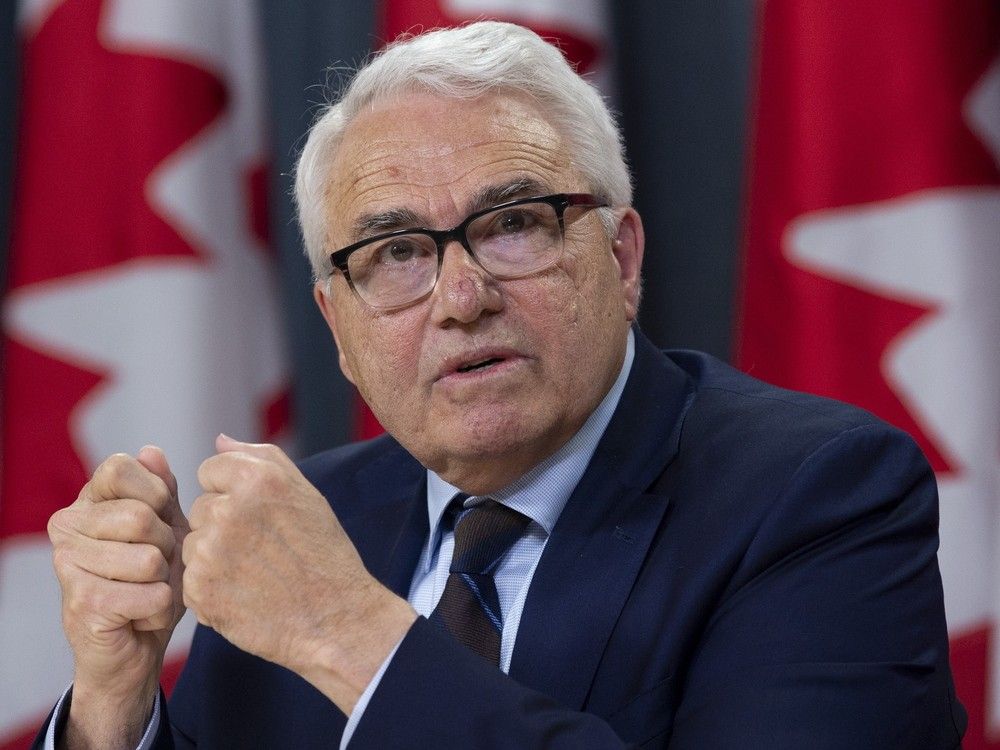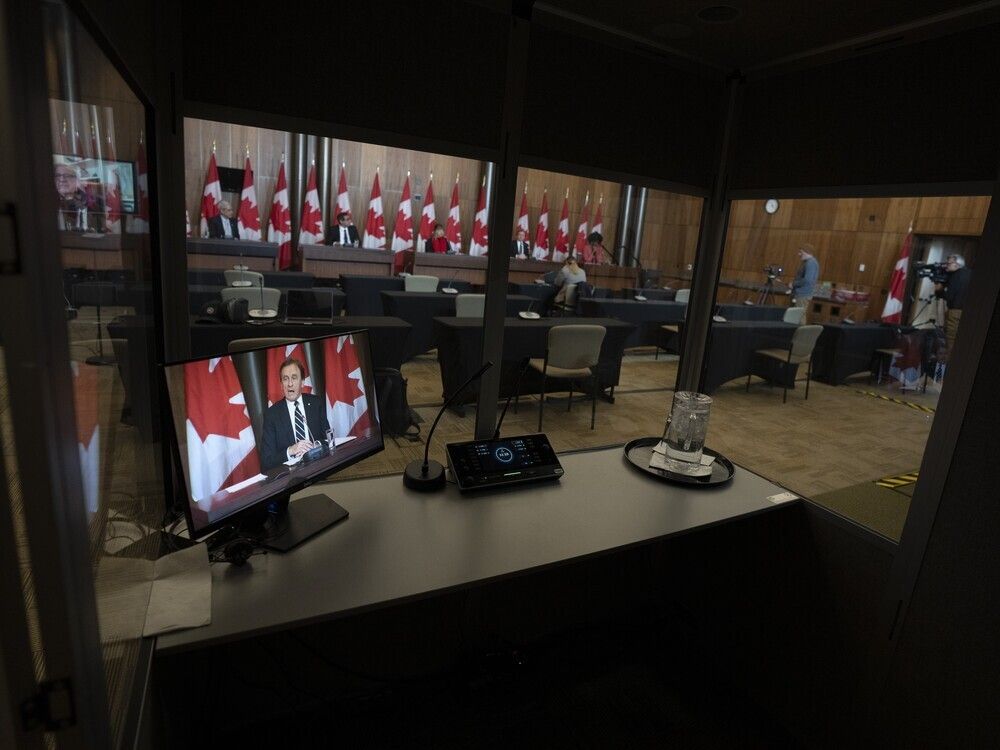The federal government’s shift to artificial intelligence (AI) in translation carries the promise of productivity boosts and faster communication, but also risks language rights and job losses, observers say.
On Sept. 29, the government launched GCtranslate, the first flagship artificial intelligence project emerging from the
federal Artificial Intelligence Strategy.
The tool will initially begin with six federal departments and agencies before scaling across government.
Those six departments and agencies include Public Services and Procurement Canada (PSPC), the Privy Council Office, Department of Finance Canada, Canadian Heritage, Financial Transaction and Reports Analysis Centre of Canada and the Royal Canadian Mounted Police.
Raymond Théberge, the official languages commissioner,
told the Ottawa Citizen he was briefed and given a demonstration of GCtranslate.
Théberge said he was “quite impressed” with its capabilities, acknowledging that, if “it’s properly used, AI offers some benefits,” such as translation, language learning and the creation of a common language across government.
Théberge added that GCtranslate was based on the common body of work already existing in the Government of Canada, “which is one of the largest in the world, so it basically reflects what’s going on in the public service.”
However, Théberge warns that the translation software cannot bypass linguistic obligations within government.
“AI is a tool, it has interesting possibilities, but it will never, in my view, satisfy official language obligations,” Théberge said.
Living language and the threat to linguistic rights
As an example, Théberge points to the bilingual requirements for supervisors and says the AI tool “cannot be used as an excuse to bypass linguistic obligations within the government.”
Earlier this year, Théberge called out the government for exemptions around supervisors’ new rigorous requirements for proficiency in a second language
There are also concerns that the GCtranslate will bias one language, particularly English, since AI tools often scrape data from the internet, Théberge said.

Antoine Herberger, vice-president of the Canadian Association of Professional Employees’ translation group and a translator with the Translation Bureau, said the biggest concern from his union’s membership involved the loss of nuance within the language.
“It’s mainly francophones that are going to be paying the price for that since the vast majority of translations are from English to French,” Herberger said.
It’s a concern for Herberger since his membership within the Translation Bureau “sees themselves as a kind of bridge between francophones and anglophones in this country.”
“The Translation Bureau was founded in that spirit, I think, and to uphold Canadian bilingualism,” Herberger said. “Were seeing that being thrown under the bus to just cut costs.”
The concern is similar for Théberge, who says language is more than words, but also carries with it tradition, culture and identity.
It’s why he has always has a fear that, if translation is possible for everything, one language will become a language of translation.
“For a language to be alive, it has to be used in authentic work situations, and it has to be authentic when we work with and deal with Canadians,” he said.
Concerns over cost-cutting and job losses
Concerns over cuts at the Translation Bureau remain top of mind as the rollout of GCtranslate begins. Earlier this year, the Translation Bureau was told it would
reduce its workforce by 25 per cent over five years.
The plan cited an drop of demand for traditional translation services as a reason for the workforce reduction.
The cut, through attrition, would involve around 339 positions, amounting to the loss of “transition capacity and knowledge that’s not being transferred on to a new generation of translators,” Herberger said.
Herberger says translators see AI as another technological tool that can help them do their work.
However, when the government rolls out AI translation instead of investing in the Translation Bureau, it seems as if it is “rolled out as something to replace us instead of something to help us.”
For example, PSPC said an earlier version of the tool translated more than 60 million words in its first three months of operation. However, Herberger says that less than 200,000 were reviewed by translators.
The Ottawa Citizen asked PSPC to confirm the claim, but did not hear back in time for publication.
Another danger stems from the cost-recovery model of the Translation Bureau, Herberger says.
Departments and agencies must pay out of their budgets for Translation Bureau work, putting it in competition with third-party services like private contractor firms or, even, AI technology.
Herberger says departments will look for savings particularly as the government moves into a belt-tightening environment.
In the beginning of July, the federal government announced a spending review seeking to
cut 15 per cent across most departments and agencies
over three years, starting with 7.5 per cent next fiscal year.
It’s still unclear how language training and translation will be impacted by the review.
Herberger is calling for an end to the cost-recovery model for the Translation Bureau so department executives are not incentivized to increasingly rely on AI for savings rather than paying for high-quality work from the bureau.
“Departments are seeing translation as just a cost that they’re trying to cut,” he said.
Théberge says there will be a “greater need” for translators in the public service to ensure that the AI tool works properly and translations are not littered with errors.
“There’ll always be a need for people to revise text, to relook, to add, to revisit text and to keep putting in new data into AI systems, into learning systems,” he said.
With files from The Canadian Press
Related
- Four things public servants need to know about the federal government’s new AI strategy
- New language requirements for public service supervisors don’t go far enough, says official languages commissioner



